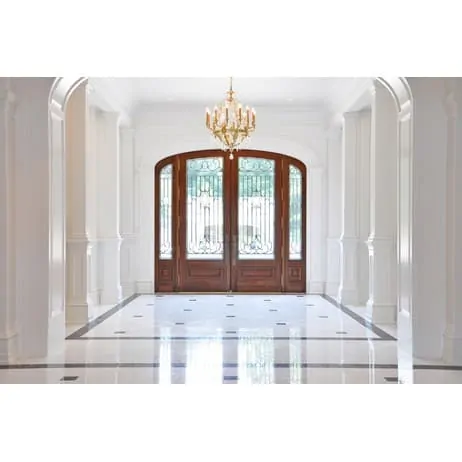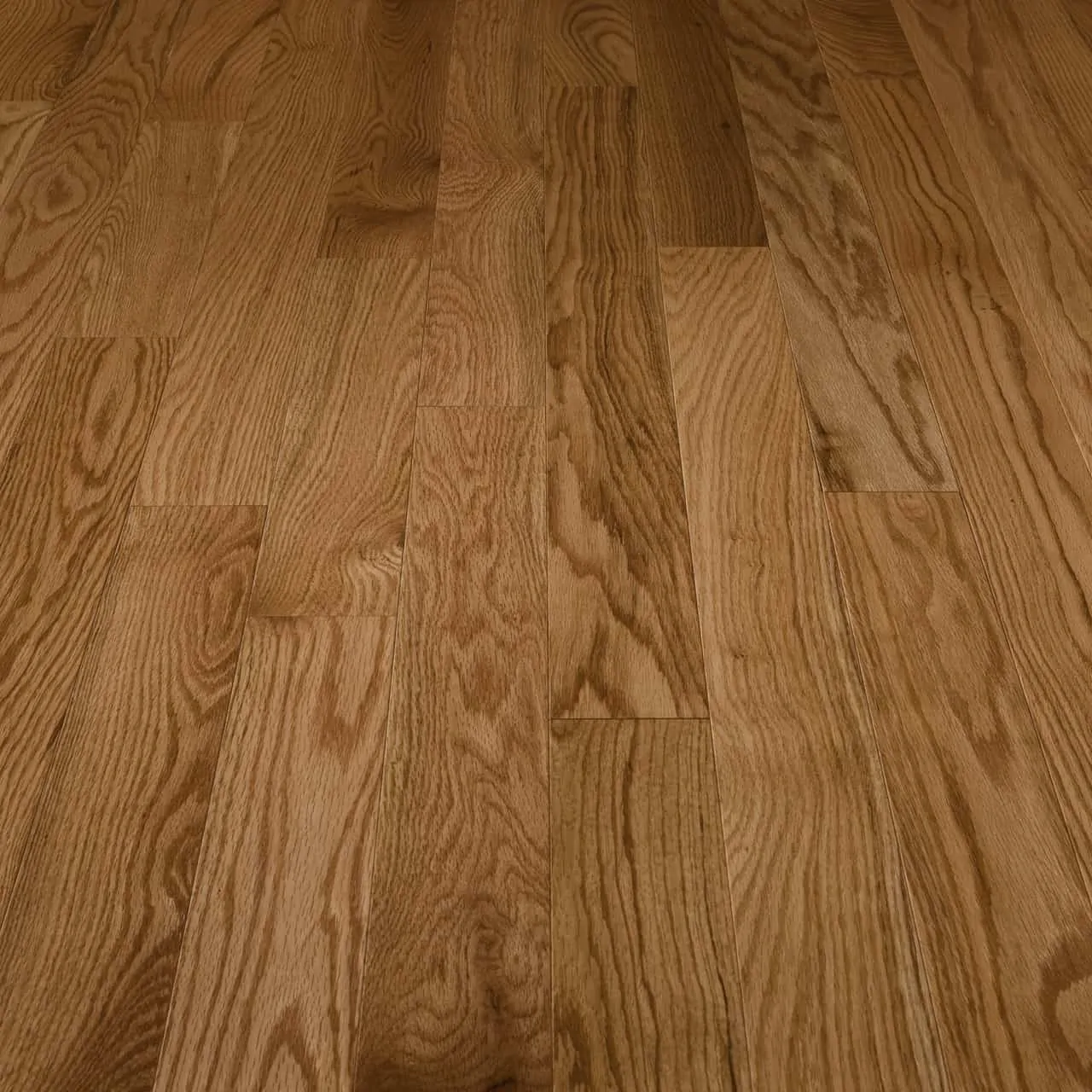I can use my circular saw for the middle, but it leaves one plank uncut when the base hits the wall.
Any suggestions would be appreciated.
Thanks in advance.
Mike Shapp
There’s no magic way to do it. You’ll use a straightedge held to the floor with doublestick tape or weighted down to guide the saw as far as it will go. If you have a Dremel or Rotozip that will help you get further along the line. Then score the remaining cut line using the straightedge with a sharp razor knife several times to cut the top fibers of wood. Then use a very sharp chisel to cut out the rest. Make relief cuts on the offcut side of the flooring – don’t just keep banging straight down or you’ll have problems. For every chop or two down, make an angled cut coming in from the side to meet the bottom of the cut line. This will give the chisel bevel room – otherwise it tends to wedge itself into the cut line and crush the wood fibers of the wood you want to be crisply cut.
R
A reciprocating saw (Sawzall) will probably help with the final bit of cut that the circular saw can’t reach. Just use a sharp, fine-toothed blade to avoid tearing the wood.
I agree with Louie, a reciprocating saw is what you need. They make all types of blades for it and various lengths too. I also own a dremel tool but I can’t see how this job would be done with that. You might want to look at all the types of transition strips available at your hardware store as they might make one to cover up your entire job where you won’t have to make these cuts at all.
J
I just did some work like that and it was a bear. I used a rotary tool with a wood cutting bit, and worked it in at an angle. With molding to cover the mess it was okay.
There is a new jigsaw out that does flush cuts (Dewalt?, Bosch?) A little pricey if you don’t happen to need a jigsaw though.
Do that, and then cut the last board the slow, painful way, with a backsaw or offset saw
http://www.rockler.com/product.cfm?pageS22
“You might want to look at all the types of transition strips available at your hardware store as they might make one to cover up your entire job where you won’t have to make these cuts at all. ”
That is exactly what I was thinking. A transition strip or mouldings (if it’s against a wall) should cover every situation, I would think???
Source
https://www.homeownershub.com/maintenance/cutting-hardwood-floor-against-a-wall-74366-.htm






